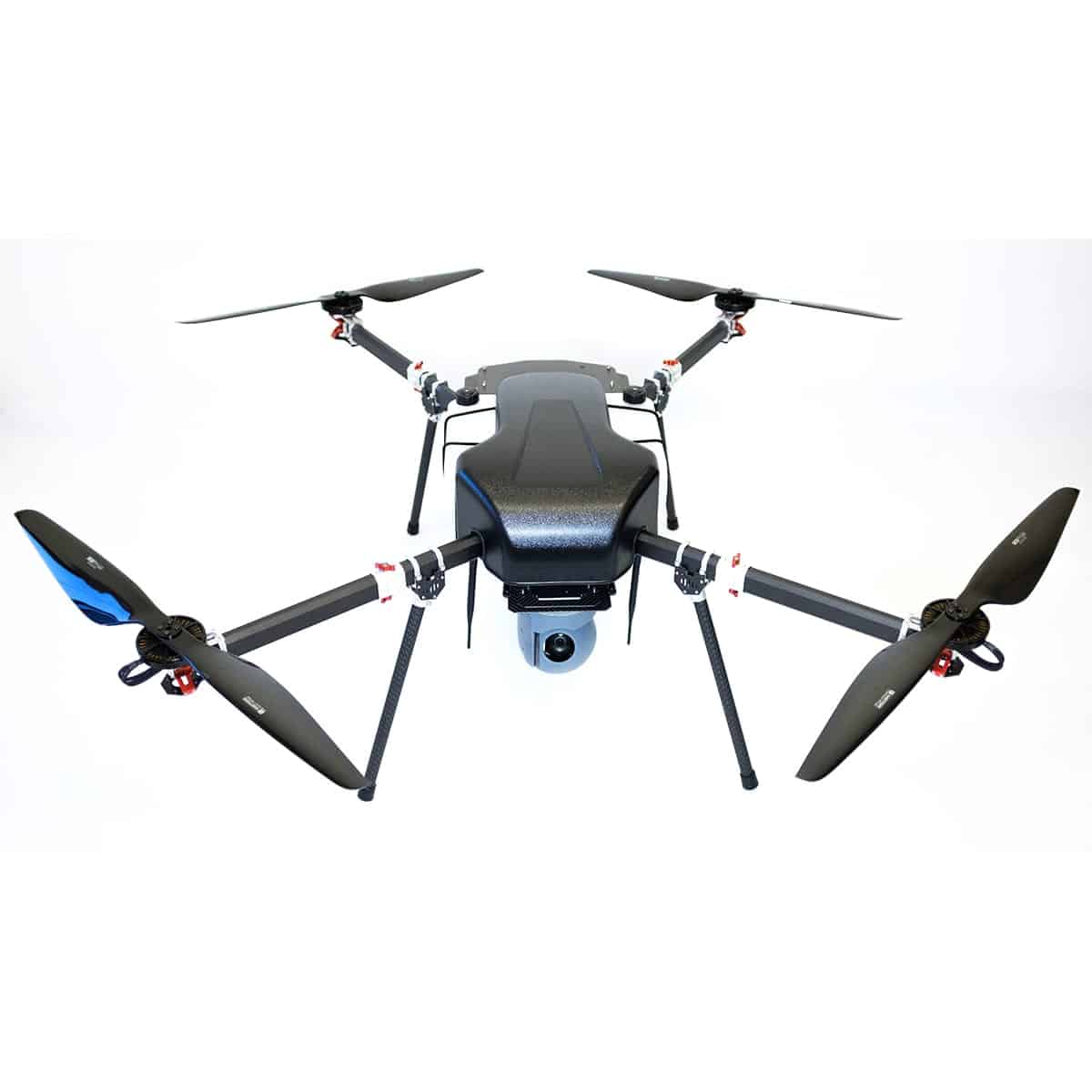

A single-rotor helicopter has the benefit of much greater efficiency over a multi-rotor, which increases if the drone is gas-powered for even longer endurance.Single rotor drone being used for agriculture in Australia.
#Multirotor drone definition plus
A single-rotor has just one rotor, which is like one big spinning wing, plus a tail rotor to control direction and stability. They look similar to actual helicopters in structure and design. Single-rotor drone types are strong and durable. Drone Surveying – Forestry/Environmental Drone Surveys, Pipeline UAV Surveys, UAV Coastal Surveys.There is a lot more to be done after this, including performing data analysis, such as the stockpile volume calculations, tree counts, overlaying other data onto the maps, and so on. The hundreds and thousands of captured images have to be processed and stitched together into one big tiled image. With fixed-wing, the flight is just the beginning.In most cases, a launcher is needed to get a fixed-wing drone into the air. A fixed-wing drone is always moving forward, and they move a lot quicker than a multi-rotor, and hence you might not get a chance to put it into a hover. The first time you launch a fixed-wing drone, you need to be confident in your abilities to control through the flight and back to a soft landing. Training is usually required to fly fixed-wing drones.This drone type can fly at a high altitude, carry more weight and are more forgiving in the air than other drone types.But with a greater energy density of fuel (gas engine powered), many fixed-wing UAVs can stay aloft for 16 hours or more. The average flight time is a couple of hours. Fixed-wing drones cover longer distances, map much larger areas, and loiter for long times monitoring their point of interest.Drone pilot flying a fixed wing drone in Australian outback. Hence, this drone type only needs the energy to move forward and not to hold itself in the air. So until a new power source comes along, we can only expect very small gains in flight time.Ī fixed-wing drone has one rigid wing that is designed to look and work like an aeroplane, providing the lift rather than vertical lift rotors. Due to the need for fast and high-precision throttle changes to keep them stabilised, it isn’t practical to use a gas engine to power multi-rotors, so they are restricted to electric motors.However, heavy-lift multi-rotors are capable of carrying more weight, but in exchange for much shorter flight times. With the current battery technology, they are limited to around 20-30 minutes when carrying a lightweight camera payload.They are fundamentally very inefficient and require a lot of energy just to fight gravity and keep them in the air.Multi-rotor drones have limited endurance and speed, making them unsuitable for large scale aerial mapping, long-endurance monitoring and long-distance inspection such as pipelines, roads and power lines.The ability to take multiple payloads per flight increases its operational efficiency and reduces the time taken for inspections.It has the ability to fly much more closely to structures and buildings.Due to its increased manoeuvrability, it can move up and down on the same vertical line, back to front, side to side and rotate in its own axis.It provides better control of the aircraft during the flight.By far, quadcopters are the most popular multi-rotor drones.

They are called multi-rotor because they have more than one motor, more commonly tricopters (3 rotors), quadcopters (4 rotors), hexacopters (6 rotors) and octocopters (8 rotors), among others. Multi-rotor drones are the easiest and cheapest option for getting an ‘eye in the sky.’ They also offer greater control over position and framing, and hence they are perfect for aerial photography and surveillance. Not perfect at either hovering or forward flight.Launch and recovery needs a lot of space.Here’s a rundown of the four main types of drones, their uses, their strengths and weaknesses: Drones are of different types and sizes and are used for a variety of purposes. It is essentially a flying robot this is controlled remotely or can fly autonomously with software-controlled flight plans embedded in its system that work in conjunction with sensors and a global positioning system (GPS).

A drone is an unmanned aerial vehicle (UAV) or unmanned aircraft system.


 0 kommentar(er)
0 kommentar(er)
